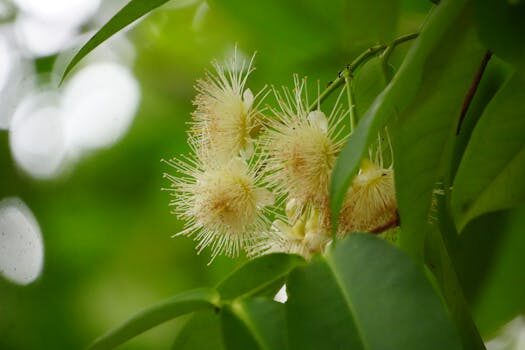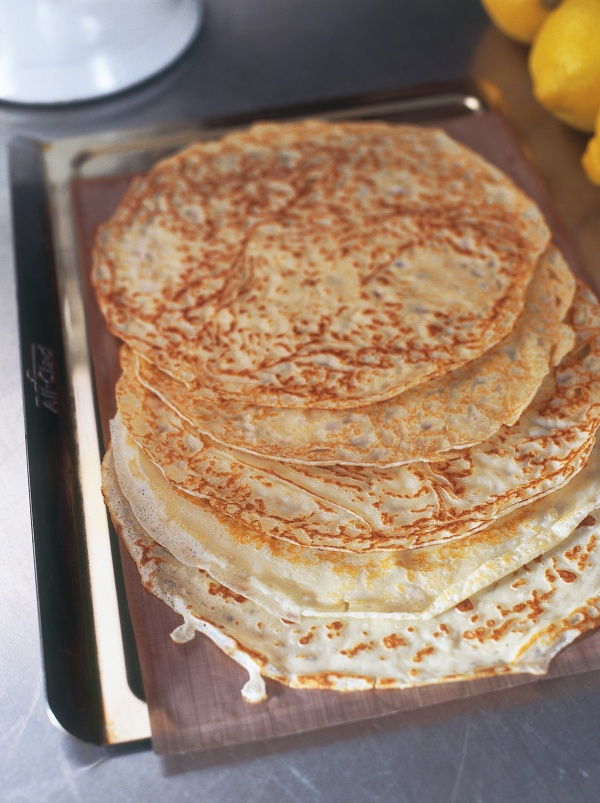Crepe myrtles are renowned for their spectacular summer blooms, and when they fail to flower, it can be deeply frustrating for any gardener. Understanding the common reasons for a lack of blooms can help you troubleshoot the problem and enjoy the vibrant flowers of your crepe myrtle.
From improper pruning to drought stress, various factors can affect the blooming of crepe myrtles. It’s essential to provide these plants with the right conditions to flourish. Let’s delve into the reasons and solutions for when your crepe myrtle isn’t blooming.
Improper Pruning Techniques
Pruning is vital for the health of crepe myrtles, but incorrect pruning can prevent flowering. Many gardeners make the mistake of “topping” crepe myrtles, which is cutting back their canes to stubs. This can result in weak growth and fewer blooms.
To encourage blooming, prune your crepe myrtle in late winter or early spring by removing only diseased or crossing branches. Aim to create an open canopy that allows sunlight to reach all parts of the plant.
If you’ve pruned your crepe myrtle incorrectly in the past, don’t worry. Cease topping, and with proper care, it should recover and eventually bloom.
Remember to sterilize your pruning tools before use to prevent the spread of disease, and make your cuts just above a bud facing outwards to direct growth.
Insufficient Sunlight Exposure
Crepe myrtles require full sun to bloom profusely. If your crepe myrtle is in too much shade, it may produce lush greenery at the expense of flowers.
Consider relocating your crepe myrtle to a sunnier spot or pruning surrounding vegetation to increase sun exposure. Crepe myrtles thrive with at least six to eight hours of direct sunlight daily.

If your crepe myrtle is large or established, increasing sun exposure may be challenging. In such cases, focus on the care of surrounding plants to ensure they don’t overshadow your crepe myrtle.
Water Management and Drought Stress
While crepe myrtles are relatively drought-tolerant, extended periods without water can inhibit blooming. On the other hand, overwatering can lead to root rot and other issues.
The ideal watering regimen involves a deep soak once a week, allowing the roots to absorb moisture effectively. During hot and dry spells, you may need to water more frequently.
Mulching around the base of the crepe myrtle can help retain soil moisture and regulate temperature. Be sure to keep the mulch a few inches away from the trunk to prevent rot.
Utilize a drip irrigation system or soaker hoses to deliver water directly to the roots, minimizing waste and reducing the risk of fungal diseases from overhead watering.
Nutrient Deficiencies Hindering Flowering
A lack of essential nutrients, especially phosphorus, can stop a crepe myrtle from blooming. Conduct a soil test to determine if your plant has a nutrient deficiency.
Applying a high-phosphorus fertilizer can boost flowering. Fertilize in early spring as new growth appears to provide the necessary nutrients for blooming.
Be cautious with nitrogen-heavy fertilizers, as they can promote leaf growth at the expense of flowers. Follow the instructions on the fertilizer packaging to avoid over-application.
 Why is my hydrangea not blooming? 5 potential problems and solutions
Why is my hydrangea not blooming? 5 potential problems and solutions
In addition to phosphorus, ensure that your crepe myrtle has access to all the required nutrients, including potassium and micronutrients, for overall health and vitality.
Pests and Diseases Impacting Health
Pests like aphids and diseases such as powdery mildew can stress crepe myrtles, leading to poor blooming. Regularly inspect your plants for signs of pests and treat them promptly with appropriate methods.
Natural predators like ladybugs can help control aphid populations, while neem oil or insecticidal soaps offer a safe, effective treatment against many common pests.
For diseases like powdery mildew, ensure good air circulation around your crepe myrtle and consider using a fungicide if necessary. Keep the area around your plant clean from debris to reduce the chance of disease.
Maintaining optimal soil pH and ensuring proper drainage can also promote plant health, making your crepe myrtle less susceptible to pests and diseases.
Questions Related to Crepe Myrtle Health and Blooming
What Would Cause a Crepe Myrtle to Not Bloom?
Several factors, such as inadequate sunlight, improper pruning, and insufficient watering, can cause a crepe myrtle not to bloom. Nutrient imbalances, particularly a lack of phosphorus, and issues with pests or diseases also contribute to this problem.
Addressing each of these factors by providing the ideal growing conditions, practicing correct pruning, and ensuring your crepe myrtle receives the necessary nutrients will encourage blooming.

How to Encourage Crepe Myrtle Blooms?
To encourage your crepe myrtle to bloom, plant it in full sun and follow a proper watering schedule. Use a high-phosphorus fertilizer to promote flowering and prune correctly to avoid damaging the flower buds.
Controlling pests and diseases and ensuring your crepe myrtle is planted in well-draining soil will also help in encouraging vibrant blooms.
Why Are My Crepe Myrtles Getting Leaves but No Flowers?
Leaf growth without flowers often indicates that the plant has enough energy for foliage but not for blooms. This can be due to excessive nitrogen, inadequate sunlight, or the aftermath of incorrect pruning.
Adjust your fertilization strategy to reduce nitrogen and increase phosphorus, and make sure your crepe myrtles receive enough sunlight. Correct any pruning mistakes by following best practices in the next growing season.
What Fertilizer Makes Crepe Myrtles Bloom?
A fertilizer high in phosphorus is best for promoting blooms in crepe myrtles. Look for a formula that has a higher middle number in the N-P-K ratio, such as 10-20-10, indicating a higher phosphorus content.
Apply the fertilizer in early spring as new growth appears, following the manufacturer’s instructions carefully to avoid over-fertilizing.
In conclusion, addressing these five common reasons why your crepe myrtle is not blooming can lead to a healthier plant with stunning flowers. Remember, patience and consistent care are key to solving blooming issues and achieving a lush, flowering crepe myrtle.
 Why are my orchid leaves drooping? 6 reasons to consider
Why are my orchid leaves drooping? 6 reasons to consider
